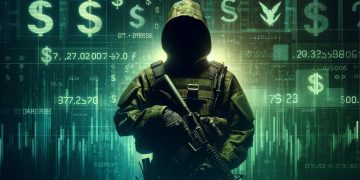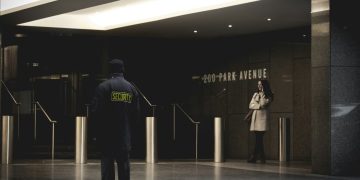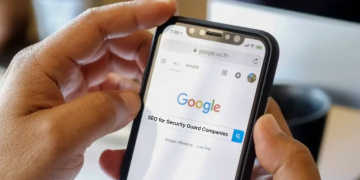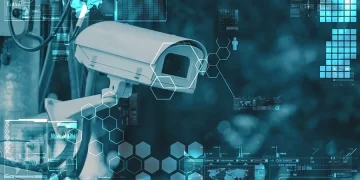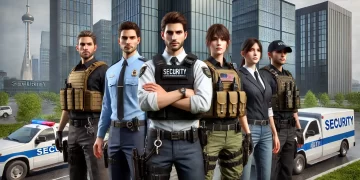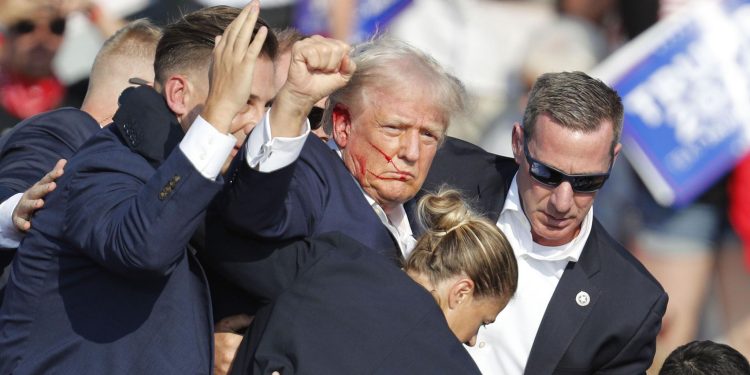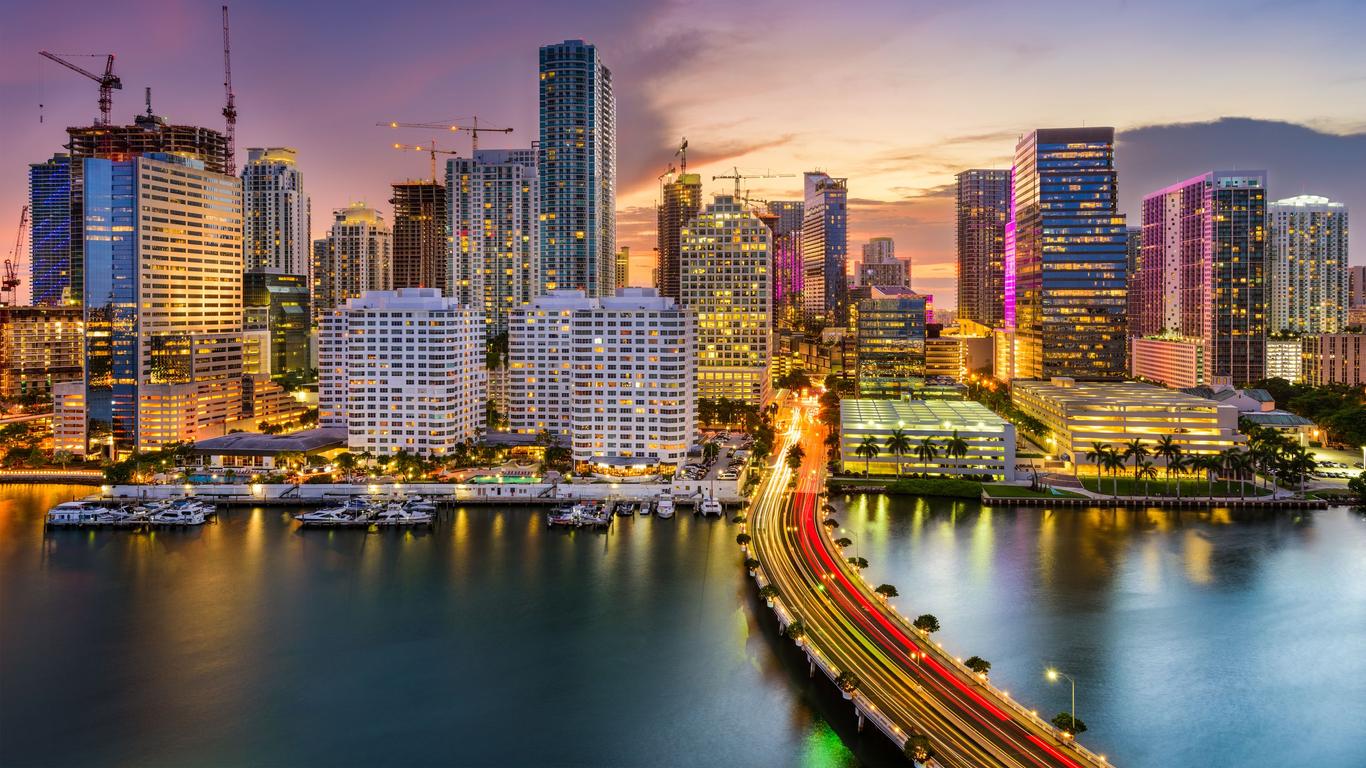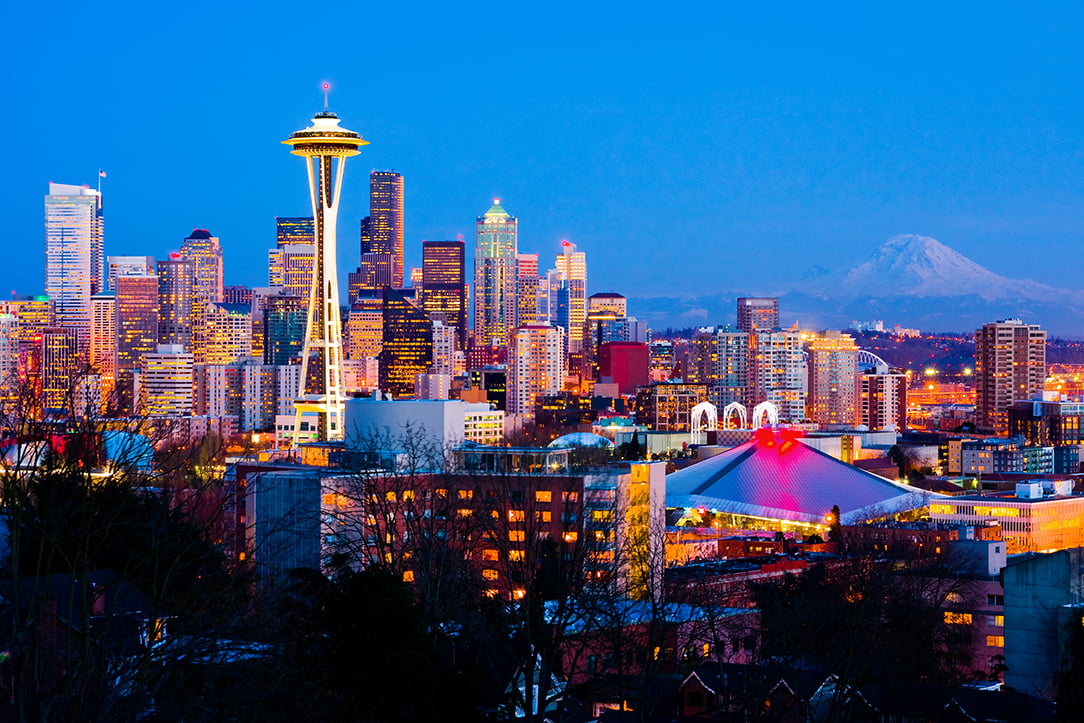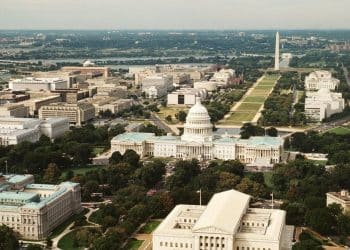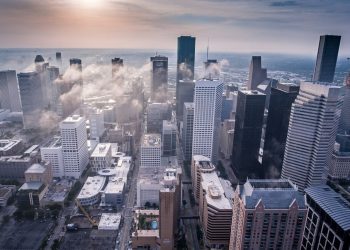It only took a Secret Service security lapse of 30 seconds to almost end presidential candidate Donald Trump’s life.
On July 13, 2024, at a Butler, PA political rally, a local police officer radioed that he had spotted a man with a gun. But there was a communication lapse, and the Secret Service did not receive that vital information. Their agents were stationed in a different command post from their local partners, and could not access their radio traffic. The Secret Service counter-snipers had received no information of a gunman until he started firing.
That 30 second communication lapse between the local police and the Secret Service was long enough for the shooter, Thomas Matthew Crooks, to fire off seven shots with his AR-15-style rifle. His shots grazed Trump’s ear, seriously injured several rally attendees, and killed another rally attendee, who died while shielding his family from the shots.
Before stepping down after the Secret Service Trump failure, Agency Director Kimberly Cheatle called the shooting the “single greatest operations failure” of the Secret Service in decades. However there have been many additional indications of a broken agency in recent history. Even if the Secret Service had simply followed basic security guard protocols, the situation would likely have had a better outcome.
Here are just 6 examples of other Presidential protection failures:
- An uninvited couple, Tareq and Michaele Salahi, and another uninvited man, Carlos Allen, were able to access a White House state dinner party in honor of India’s Prime Minister in 2009.
- In 2011 a gunman with a semi-automatic rifle fired multiple shots at the White House. It took days for the Secret Service to realize bullets had actually hit the White House, alerted when a maid found broken glass.
- Agents were sent home after being caught hiring sex workers during a presidential trip to Columbia in 2012. Various security cameras captured details of the story.
- A knife wielding intruder climbed a fence and accessed the White House in 2014.
- In March of 2015, two senior Secret Service agents crashed a car into a White House barricade after attending a late night party. No sobriety test was conducted though they were suspected of drinking.
- Politicization of the Secret Service has apparently grown. Traditional lines between politics and protection seem blurred, as when then-President Trump routinely charged high hotel fees for his own protection services- using his properties. He also appointed the deputy assistant director of the Secret Service Anthony Ornato as his own deputy chief of staff.
These are just various security lapses that a scandal-riddled Secret Service has had in recent history. Many have been warning that some serious changes need to be implemented- and the Trump assassination attempt supports that view. A bipartisan investigation described the agency as “in crisis” about a decade ago, and cited problems with understaffing and lack of accountability, to name a few. In 2019 that congressional investigation followed up and noted that the Secret Service had not yet completed even 8 of the congressional panel’s 19 major recommendations for improvements. Now three more independent probes are currently looking into this recent Trump security breach, which may finally lead to some necessary overhauling of the Secret Service.
So a specific analysis of Secret Service actions during the Trump shooting security failures can be summed up as follows
- The Secret Service failed to correctly follow a sniper security perimeter. A building well within 1000 yards of the former president should have been locked down and inaccessible to any outsider. Instead the shooter was able to scale the building and set up on the roof. The Advance Team Deployment is tasked days ahead of time to ensure that their security plan is followed. The particular building that the shooter used had been designated by the advance team as a “point of interest” to be addressed, even though it was in the middle perimeter (not the inner perimeter closest to the “protectee”). The building had a clear line of sight to the rally stage.
- The Secret Service failed to correctly secure the rally area even ahead of the event. Just a few hours before the rally, the shooter flew a drone about 200 yards from the rally stage. It is thought that Crooks was scoping out the area before he attempted his attack. The FBI recovered the drone and controller from the shooter’s car later, along with explosive devices.
- The Secret Service failed to correctly establish security communications rooms. The local police and the Secret Service command posts were not in communication, with no access to each other’s radio traffic. The command set up failed, causing the communication lapses. Even with the failure, if the Secret Service rooftop shooter had not responded so quickly to neutralize Thomas Crooks the shooter, more might have been injured or killed. Crooks was found with a transmitter on him and might have been able to remotely set off two explosive devices found later in his car.
- The Secret Service failed to prevent Trump from taking the stage when danger was present. A Secret Service sniper had noticed Crooks the shooter 30 minutes earlier, using a gun rangefinder. Rally attendees had also been alerting police to a suspicious man on a roof. Despite multiple alerts, neither the local authorities nor the Secret Service delayed Trump taking the stage.
- The Secret Service failed to keep Trump out of sight after the shooting. Correct protocol would dictate that the Secret Service would not have allowed Trump to expose his head, chest and fist as he was being hustled away to safety- since there could have been another gunman. No ballistic shields used by security personnel to protect VIPs were utilized to protect Trump either. This Secret Service security failure is now immortalized in an iconic photo of a bleeding Trump, fist raised in victory towards his crowd.
What Are The Problems The Secret Service Needs To Fix Before It Fails Again?
High staff turnover has been noted as a serious problem that needs to be addressed. Poor training and inadequate pay are also listed. Many employees feel that the internal culture lacks accountability, all the way up to the agency leaders. Declining employee morale is also a factor, with a serious lack of confidence in agency leadership.
Over the years, staffing shortages do appear to be the biggest hurdle to improvements. There was indeed a staff shortage at the Trump rally. Local law enforcement had told the Secret Service that they did not have the capacity to post patrol cars outside the building where the shooter ended up positioning. The Secret Service, for unknown reasons, did not address the shortage.
However the key problem to fix goes beyond mere staffing shortages per se. The underlying issue is the strain of Secret Service personnel attempting to balance their investigative duties AND protective duties. It is the problem of agents being spread too thin between those two duties. A new organizational structure and mandate is needed- to restructure the dual functions of the Secret Service- protective duties and investigative duties.
For a little background, the Secret Service was originally started in 1865, as part of the Treasury Department, established to suppress counterfeit currency. Over the years it has also been used for protection services, protectee safety, and event security. In response to the Sept 11, 2001 terrorist attack, in 2003 the Secret Service was transferred from the Treasury Department to the newly established Department of Homeland Security- aligned with the protection of officials and presidents.
But the Secret Service still safeguards financial integrity– combating global and cyber financial crimes, ensuring currency authenticity and protecting against threats to the US financial system. It appears that agents are expected to conduct investigations while also working on top protective assignments such as presidential campaigns. This might have been the case with the rally shooting event. It is normal procedure for field offices- such as the one in Philadelphia that staffed the Trump rally- to conduct various financial and fraud investigations in their day-to-day operations. If agents are conducting financial investigations, and then being assigned to the Trump rally detail as well, they may have had no time to train appropriately for the scenarios that unfolded. The ongoing investigations into the Trump shooting security failures will reveal more of these vital details.
It is interesting to note that should Trump win the upcoming presidential election, the controversial Project 2025 (Heritage Foundation’s policy playbook) could shape any future Trump policies around the Secret Service. Project 2025 calls for reform of the Secret Service, by completely disbanding the Department of Homeland Security, and transferring the Secret Service to the Department of Justice. These changes would result in a significant Secret Service budget reduction, by shedding the investigators and shutting down offices in the US and internationally. Investigative roles would be transferred to the Treasury Department. While the Secret Service certainly needs to be redefined in multiple areas, many disagree with Project 2025’s particular approach.

